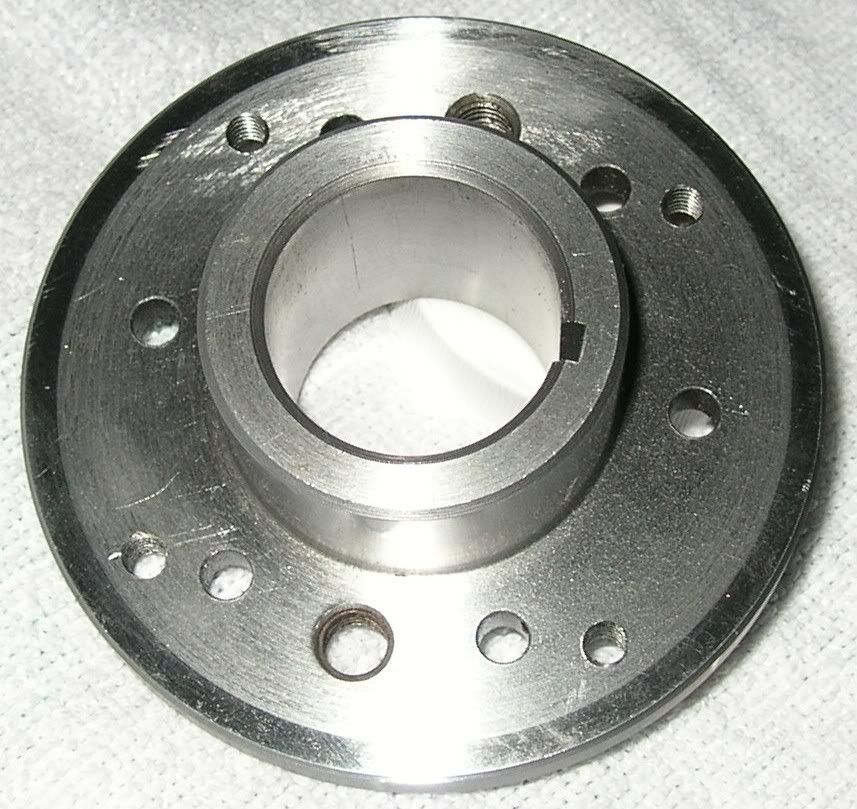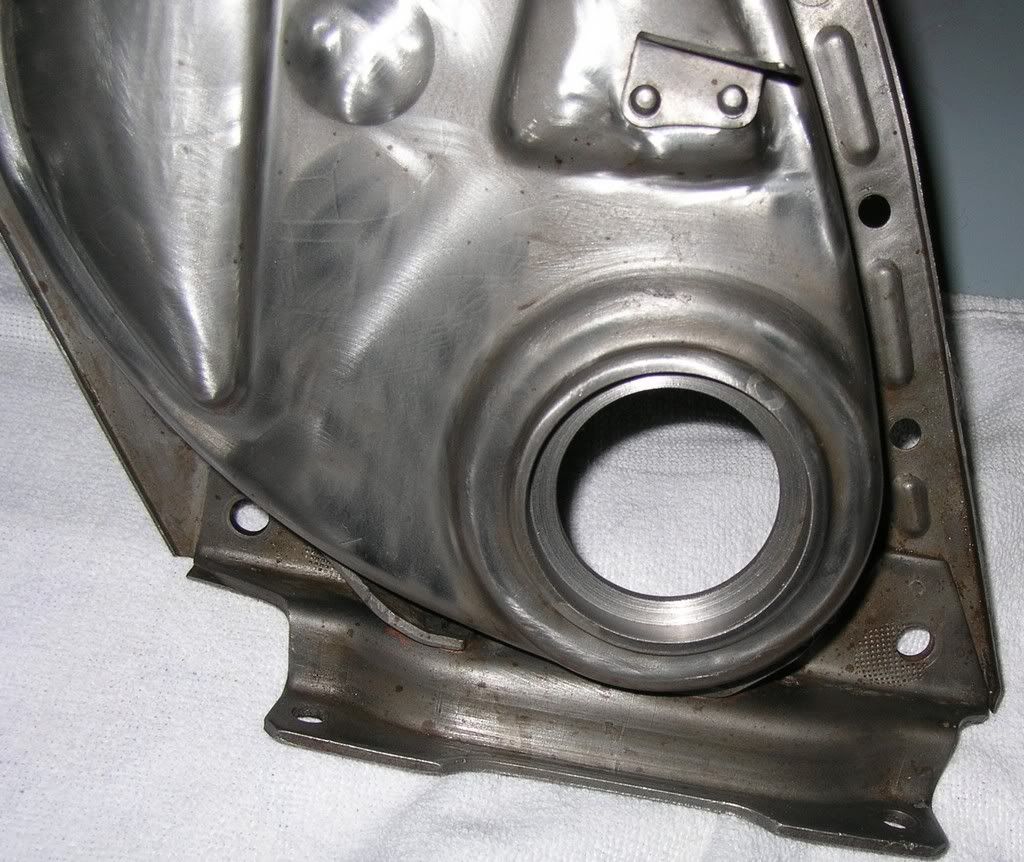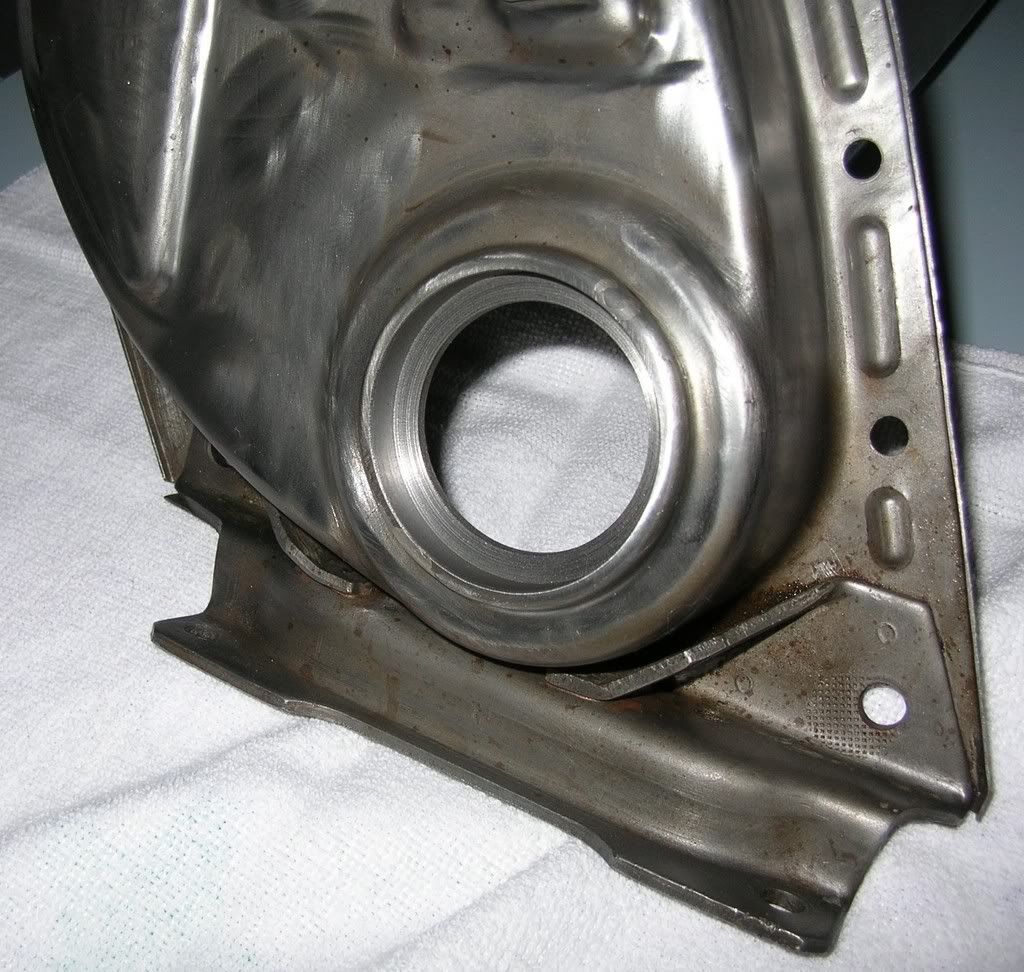Here are some pic of the work I finished last weekend. The hub holds the crankshaft pulley on one side and the vibration damper on the other and is made out of 4140 steel. The timing cover has been inserted with another piece of 4140 and bored to fit seal # 471424. I also had to make new dowel pins (no pic) since the old ones were worn out as well. This is for my '48 M16. Neal









Comment